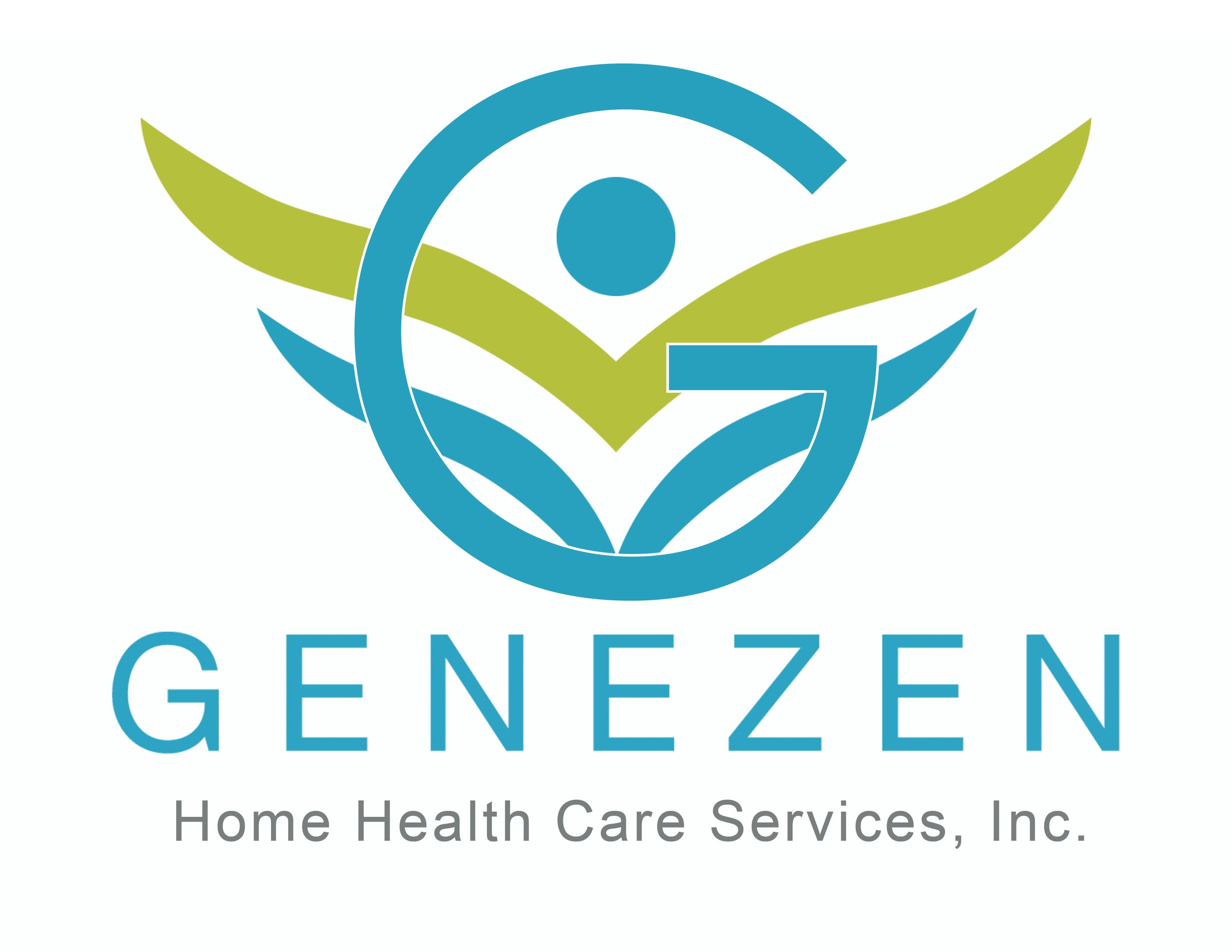When most people hear the words physical therapy (PT), they often picture someone recovering from a sports injury or learning to walk again after surgery. While those are common uses, physical therapy is so much more than rehabilitation—it’s a pathway to better mobility, reduced pain, stronger independence, and an improved quality of life.
Whether you’re an older adult striving to stay active, an individual coping with chronic pain, or someone regaining strength after surgery or illness, the range of physical therapy benefits extends well beyond the clinic. From helping you move with less discomfort to preventing future injuries and promoting long-term health, these benefits touch nearly every aspect of daily life. For many people, they represent the difference between merely getting by and truly thriving with confidence and independence.
What Is Physical Therapy? (And How Does It Work?)
Physical therapy is a health care specialty that focuses on helping individuals restore movement, manage pain, and improve physical function. Unlike medications that mask pain or surgeries that may carry risks, PT takes a holistic, body-centered approach to healing.
At its core, PT combines:
- Assessment and Diagnosis: Therapists identify the root cause of mobility or pain issues.
- Customized Care Plans: Exercises, stretches, and treatments tailored to individual goals.
- Hands-On Therapy: Manual techniques to improve alignment, circulation, and mobility.
- Education: Teaching patients how to move, lift, or perform activities safely.
Physical therapy isn’t a one-size-fits-all approach. It has multiple branches, including:
- Orthopedic PT (bones, muscles, joints)
- Geriatric PT (aging, balance, arthritis, fall prevention)
- Neurological PT (stroke, Parkinson’s, spinal cord injuries)
- Cardiopulmonary PT (post-heart attack, COPD, endurance training)
- Pediatric PT (developmental delays, mobility issues in children)
By tailoring treatment to the individual, PT supports healing while also preventing future complications.
Top Physical Therapy Benefits You Should Know

Now let’s get into the real question: What does physical therapy actually do for me? Here are the key benefits backed by evidence and real-world results:
1. Pain Relief Without Heavy Reliance on Medications
Chronic pain is one of the most common reasons people seek physical therapy. Instead of relying solely on painkillers—which can cause dependency or side effects—PT addresses the source of pain through strengthening, stretching, and posture correction.
2. Improved Mobility, Balance, and Flexibility
If simple activities like getting out of bed, climbing stairs, or reaching overhead feel difficult, PT can help restore range of motion and coordination. Therapists use exercises that improve balance, which is especially crucial for older adults at risk of falls.
3. Faster Recovery After Injury, Illness, or Surgery
Physical therapy helps patients regain function after joint replacement, fractures, heart surgery, or even hospitalization for illness. Early and consistent PT can cut recovery times dramatically.
4. Reduced Risk of Future Injuries
By strengthening weak muscles and correcting movement patterns, PT lowers the chance of reinjury. For athletes, it means fewer sprains and strains. For older adults, it means preventing life-altering falls.
5. Better Posture and Body Mechanics
Years of poor posture can lead to back, shoulder, and neck pain. PT teaches proper alignment and movement techniques—reducing wear and tear on the body.
6. Support for Chronic Conditions
People with arthritis, diabetes, COPD, or neurological conditions often find that PT helps manage symptoms and improves quality of life. For example, gentle exercises may help reduce arthritis pain, while breathing techniques support those with lung conditions.
7. Enhanced Athletic Performance and Prevention
Athletes use physical therapy not only to recover but also to enhance performance. Therapists design programs that improve speed, strength, and endurance while reducing the risk of injuries.
8. Improved Mental Health and Confidence
Physical health and mental health are deeply connected. By helping patients achieve mobility goals, PT boosts confidence and reduces anxiety or depression associated with physical limitations.
Who Needs Physical Therapy? (And When to Consider It)

A common misconception is that physical therapy is only for those with major injuries or surgeries. In reality, PT can benefit anyone at almost any stage of life. You may want to consider PT if you:
- Recently had surgery (joint replacement, heart, or abdominal surgery)
- Suffered a stroke or neurological event
- Experience chronic back, neck, or knee pain
- Notice reduced balance, strength, or mobility due to aging
- Have a sports-related or workplace injury
- Struggle with posture-related discomfort (from sitting at a desk all day)
- Want to prevent injuries before they happen
In many cases, seeing a physical therapist early can prevent small aches and limitations from turning into bigger, long-term health problems.
Home Health Physical Therapy: Why It’s a Game-Changer
While many people go to outpatient clinics, home health physical therapy is becoming increasingly popular—and for good reason. For patients with mobility challenges or chronic conditions, having a licensed therapist come to their home can make all the difference.
Benefits of home health PT include:
- Convenience: No need to travel to a clinic.
- Personalized attention: One-on-one care in a comfortable environment.
- Greater adherence: Patients are more likely to follow through when exercises are demonstrated in their own living space.
- Family involvement: Loved ones can observe and support the therapy process.
- Real-life practice: Therapists help patients improve mobility in the very spaces where they live, ensuring practical progress.
For seniors or individuals recovering from surgery, this approach often results in faster recovery and increased independence.
Physical Therapy vs. Medications and Surgery
While medications and surgery are sometimes necessary, physical therapy can be a powerful alternative or complement.
- Compared to Medications: PT doesn’t just mask pain; it addresses root causes such as muscle weakness, misalignment, or mobility restrictions.
- Compared to Surgery: For conditions like arthritis or back pain, PT may help patients avoid or delay invasive procedures.
- Working Together: In some cases, PT is essential after surgery to restore strength and range of motion.
The bottom line: PT empowers patients to take an active role in their recovery rather than relying solely on medical interventions.
Frequently Asked Questions About Physical Therapy

How long does it take to see results?
It varies, but many patients notice improvements in 4–6 weeks with consistent effort.
Is physical therapy painful?
Some exercises may cause mild discomfort, but PT should not be unbearably painful. Therapists adjust techniques to your comfort level.
How often do I need sessions?
Most plans recommend 2–3 sessions per week, though home programs can supplement clinic visits.
Does insurance cover physical therapy at home?
Many insurance plans, including Medicare, cover home health PT if medically necessary. Always check with your provider.
Can older adults benefit even if they’ve never exercised?
Absolutely. PT is designed to meet you where you are, with gentle, safe movements tailored to your ability.
What should I expect during my first PT session?
Your therapist will review your medical history, evaluate your movement, discuss goals, and create a personalized treatment plan.
Why You Can Trust Home Health Physical Therapists
Inviting a health professional into your home requires trust, and when it comes to physical therapy, patients want to know they’re in capable, caring hands. Home health physical therapists combine advanced training with compassion, ensuring every session is safe, effective, and personalized to your needs.
- Licensed and Specialized Professionals: Home health physical therapists are not only licensed but also trained in various specialties such as orthopedics, geriatrics, and neurology. This ensures they can handle diverse conditions with the right expertise.
- Collaboration with Health Teams: They work closely with doctors, nurses, and caregivers to align your therapy plan with your overall medical care, making recovery more seamless and coordinated.
- Evidence-Based Treatment Plans: Every exercise, stretch, or manual therapy technique is backed by research and tailored to your unique health goals—no cookie-cutter programs.
- Compassionate and Patient-Centered Care: Beyond clinical skills, home health therapists focus on building trust and confidence, supporting not only your recovery but also your independence and quality of life.
Tips for Getting the Most Out of Physical Therapy

Physical therapy works best when patients take an active role in their healing. The more consistent and engaged you are, the faster you’ll see progress and the longer those results will last. Here are some practical ways to maximize the benefits of your sessions:
- Be Consistent with Exercises: Sticking to the recommended exercises—both during sessions and at home—helps build strength and mobility over time. Skipping them can slow progress.
- Communicate Openly with Your Therapist: Always share any pain, discomfort, or concerns. This feedback helps your therapist adjust your plan to keep it safe and effective.
- Track Small Improvements: Celebrate progress, like walking a few more steps or lifting with less pain. Recognizing these milestones keeps you motivated.
- Involve Family or Caregivers: Having loved ones participate provides encouragement and ensures you get help with exercises or reminders when needed.
- Adopt Healthy Lifestyle Habits: A balanced diet, proper hydration, and adequate rest complement your therapy, making your body stronger and recovery faster.
A Path to Strength, Independence, and Quality of Life
Physical therapy is more than exercises—it’s a lifeline for independence, health, and confidence. Whether you’re managing pain, recovering from surgery, or simply striving to stay mobile as you age, PT offers real solutions that improve daily living. If mobility challenges or chronic pain are holding you back, don’t wait until it gets worse. Physical therapy—especially when delivered at home—can restore not only your movement but also your freedom and quality of life. With the right support, you can step into a healthier, stronger future.
At Genezen Home Health Care in Mission Viejo, we keep things simple—we care about people first. Our physical therapists are not only licensed and highly skilled, but they’re also approachable, patient, and genuinely committed to helping you feel better day by day. We design care plans that fit your unique needs, whether that means regaining strength after surgery, managing chronic pain, or building confidence in your mobility. Families across Mission Viejo trust us because we treat every patient like our own, focusing on comfort, progress, and independence. If you’re ready to take the next step, contact us today at (949) 380-6930.


